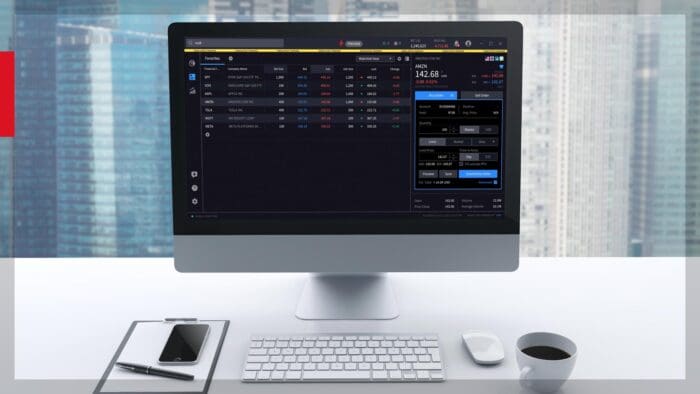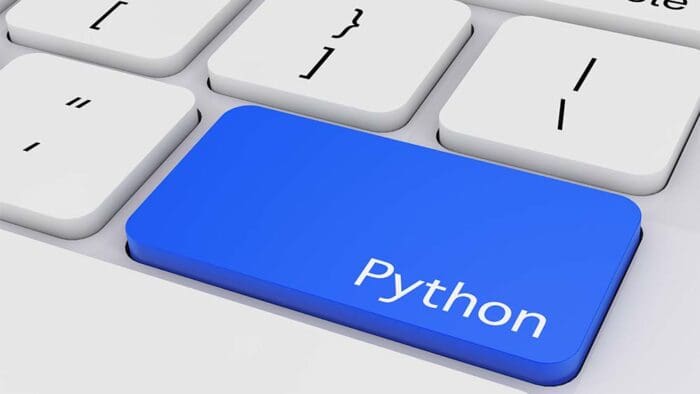The reaction to what the market saw and heard yesterday from the Fed were not one in the same. What the market saw was a downgrade to the 2025 GDP growth forecast, an upgrade to the 2025 PCE and core-PCE inflation forecast, and the expectation for two rate cuts this year left unchanged. What the market heard was Fed Chair Powell offering reassurances about the current economy and the Fed’s ability to cut or hold rates if necessary (note, he didn’t acknowledge any possibility of raising rates).
Mr. Powell also said that it is “kind of the base case” that tariff inflation will be — gulp — transitory.
The stock market rallied on the other side of the FOMC news, which was a bit peculiar considering the revised forecasts leaned in somewhat to the market’s stagflation worries. Be that as it may, Treasury yields got rolled back on the added news that the Fed will reduce the pace of Treasury securities that it will allow to runoff its balance sheet from $25 billion per month to $5 billion per month, starting April 1.
The 10-yr note yield was at 4.32% just before that news was announced. It settled yesterday’s session at 4.26% and this morning it is crossing at 4.19%. The equity futures market, however, is not responding in kind to the lower rates. On the contrary, it is signaling a weaker start.
Currently, the S&P 500 futures are down 33 points and are trading 0.5% below fair value, the Nasdaq 100 futures are down 148 points and are trading 0.7% below fair value, and the Dow Jones Industrial Average futures are down 208 points and are trading 0.5% below fair value.
The primary catalysts for this downshift include:
- A sense that the post-FOMC rally was overdone
- Geopolitical angst, as President Trump, according to Axios, told Iran that it has two months to complete a nuclear deal or the chances of military action will increase
- Softness in the mega-cap stocks
There might also be some general investor fatigue over the roller-coaster trading action that is a byproduct of the heightened uncertainty about the outlook, captured in the acknowledgment by Fed Chair Powell yesterday that he doesn’t know anyone who has a lot of confidence in their forecast.
He did make a point, though, of emphasizing that the Fed is still seeing some pretty solid hard data that has conflicted with the more concerning soft survey data. In other words, he was suggesting that what consumers and business are saying hasn’t necessarily been corroborated by what they are doing. Recall that Bank of America’s CEO said yesterday that the consumer is spending about 6% more this year than at the same time last year.
Today’s hard data was mixed.
- Initial jobless claims for the week ending March 15 increased by 2,000 to 223,000 (Briefing.com consensus 220,000). Continuing jobless claims for the week ending March 8 increased by 33,000 to 1.892 million.
- The key takeaway from the report is that this period covers the week in which the survey for the employment report is conducted, so the low level of initial jobless claims will lead economists to project another relatively solid increase in nonfarm payrolls.
- The Q4 Current Account balance showed a narrowing in the deficit to $303.9 billion (Briefing.com consensus -$334.0 billion) from an upwardly revised $310.3 billion (from -$310.9 billion).
Today’s soft data was better than expected but still softer than the prior month.
- The March Philadelphia Fed Index dipped to 12.5 (Briefing.com consensus 10.0) from 18.1 in February. The dividing line between expansion and contraction is 0.0, so this report indicates that business activity in the Philadelphia fed region expanded in March, but at a slower pace than the prior month.
Finally, there has been a slate of other central bank announcements on the heels of the FOMC decision.
The People’s Bank of China left its 1-yr and 5-yr loan prime rates unchanged, the Swiss National Bank cut its policy rate by 25 bps to 0.25%, Sweden’s Riksbank left it policy rate unchanged at 2.25%, Brazil raised its policy rate by 100 bps to 14.25%, the Bank of England left its policy rate unchanged at 4.50%, and ECB President Lagarde suggested the 25% tariff on imports imposed by the U.S. could subtract approximately 0.3 percentage points from euro area growth in the first year.
—
Originally Posted March 20, 2025 – Seeing and hearing different things
Disclosure: Interactive Brokers Third Party
Information posted on IBKR Campus that is provided by third-parties does NOT constitute a recommendation that you should contract for the services of that third party. Third-party participants who contribute to IBKR Campus are independent of Interactive Brokers and Interactive Brokers does not make any representations or warranties concerning the services offered, their past or future performance, or the accuracy of the information provided by the third party. Past performance is no guarantee of future results.
This material is from Briefing.com and is being posted with its permission. The views expressed in this material are solely those of the author and/or Briefing.com and Interactive Brokers is not endorsing or recommending any investment or trading discussed in the material. This material is not and should not be construed as an offer to buy or sell any security. It should not be construed as research or investment advice or a recommendation to buy, sell or hold any security or commodity. This material does not and is not intended to take into account the particular financial conditions, investment objectives or requirements of individual customers. Before acting on this material, you should consider whether it is suitable for your particular circumstances and, as necessary, seek professional advice.


















Join The Conversation
For specific platform feedback and suggestions, please submit it directly to our team using these instructions.
If you have an account-specific question or concern, please reach out to Client Services.
We encourage you to look through our FAQs before posting. Your question may already be covered!